|
Download:
|
Modular Kinematic Mounts for Optical Tables
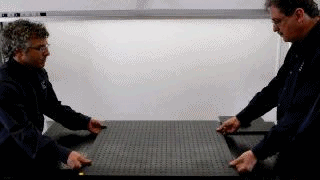
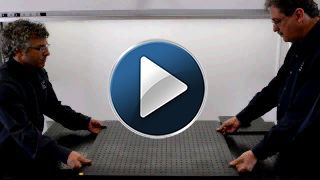
The OTx family of Kinematic Mounts uses g2 Engineering's patented BiCollar technology. It interfaces directly to optical table grids (metric or standard) and is intended for use in the lab on horizontal static assemblies to create kinematic mounts in a fast and flexible manner. OTx mounts are availabe in both 3- and 4- legged configurations 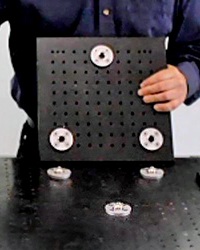
The mount enables one or more optical sub-assemblies to be replaced onto the optical table in a repeatable fashion. The subassembly can be secured in place without deforming the breadboard. For example, the mount can be used to switch between multiple beam sources or end targets, or to temporarily place a measurement subsystem into the beam path. 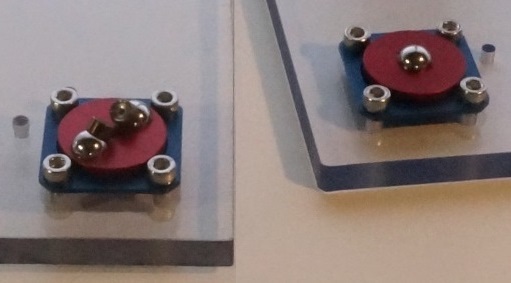
With a load capacity of 500 kg per mount point, the OTx mounts can handle most everything you're planning to place on an optical breadboard. In fact, when using composite (honeycomb-based) boards or tables, please ensure that the maximum allowed surface loading is not exceeded, and add load-distribution plates as necessary. OTx components come in versions that support either Metric (OTM) or Standard (OTS) optical grids. The "diamond" bolt pattern captures five adjacent grid spots, with the center one used for positioning the mating components and the peripheral ones used for clamping. 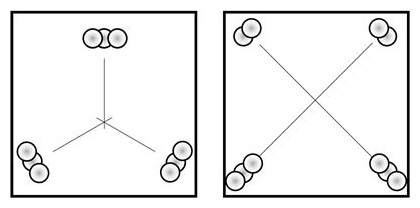
Three-legged or four-legged? A three-legged mount comprizes three 2-DOF mating elements ("V" elements) whereas a four-legged mount comprizes two 2-DOF mating elements ("V") and two 1-DOF mating elements ("D" elements). Counter-intuitively, a four legged mount cannot warp the mated plates, even if the four legs are not on a single plane. 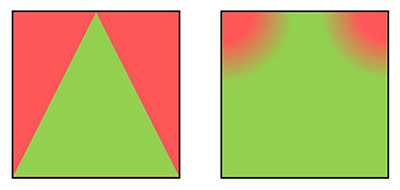
Three-legged mounts are elegant in that they are comprized of identical mating elements, and completely decouple in-plane and out-of-plane stresses and strains. However, when mounting a rectangular object, a three-legged mount describes a triangle which is inscribed in the frame, so half of the area of the frame is outside of that triangle (shown in red on the right). A four-legged mount has a larger stable zone (shown in green), but unless retained, can lose stability under some loading conditions. For more information on four-legged kinematic mounts, please consult this page first. 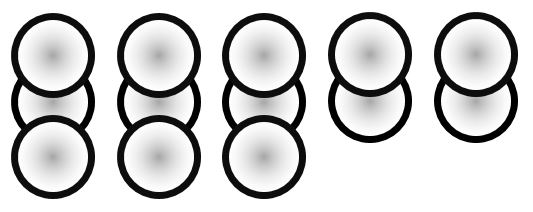
To gain familiarity with both three- and four- legged mounts, we recommend the combination kit, which includes 5 mating elements (Three 2-DOF ("V") and two 1-DOF ("D")) that can be combined to form either a three-legged OR a four-legged kinematic mount. Please contact us with any questions,
by email at
, or by phone at
OTx Part Catalog
|
| 650-605-4500 | ©2017 g2-engineering |